
Daniel O'Connell & The O'Connell Tower
'My body to Ireland, my soul to heaven and my heart to Rome'
The O’Connell Tower was built to commemorate the life of one of Ireland’s greatest historical figures, Daniel O’Connell.
Born in 1775 in Co. Kerry, he went on to become the foremost political leader of the Catholic majority throughout the first half of the 19th Century. He was the key figure in the movement for Catholic Emancipation, which was introduced in 1829 and removed many of the restrictions imposed on Catholics by the Penal Laws and other legal measures.
He became known as The Liberator, and continued to represent the people of Ireland as an M.P. at Westminster and as an advocate for a separate Irish Parliament in Dublin. His achievements and popularity established him as a figure on the world stage. He became one of the foremost opponents of slavery in the U.S. and elsewhere, and he campaigned against injustice and oppression in all its forms. His key principle was that such injustice and oppression should be challenged only through peaceful and non-violent means.
British Prime Minister William Gladstone called him the greatest popular leader the world had ever seen, and he was later quoted as an inspiration by many global leaders including Mahatma Gandhi and Martin Luther King.
The Tower
Glasnevin Cemetery owes its origins to Daniel O’Connell. As part of his work to advance the rights of Catholics, he established the Dublin Cemeteries Committee (DCC) in 1828, to provide dignified burial space “for those of all religions and none”. In 1832, Glasnevin became the second cemetery opened by DCC.
Following his death in Italy in 1847, he was initially buried in the O’Connell Circle in Glasnevin Cemetery. However, a campaign had already begun to erect a more fitting memorial and in 1855, the O’Connell Tower was completed. Later, in 1869, Daniel O’Connell’s remains were reinterred in an ornate crypt at the base of the tower.
Designed by renowned Dublin architect Patrick Byrne, the tower measures an impressive 180 feet or 55 metres and is still one of the highest structures in Dublin. Construction took 16 months, and hundreds of skilled tradespeople and labourers were involved in the project. At the time, the cost of creating the tower came to £18,000, or approximately €15 million in today’s money.
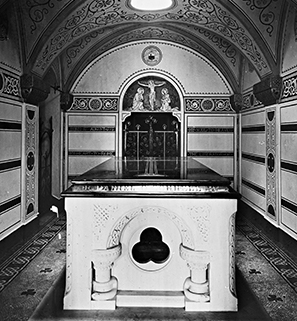
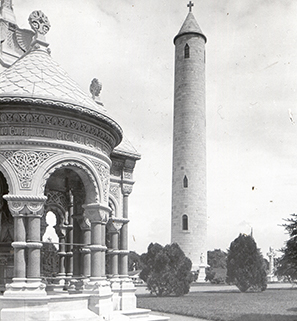
Restoration Project
In 1971, a bomb consisting of 10lbs of gelignite exploded at the base of the tower. While nobody was hurt in the incident, the blast demolished the entire stairway, meaning that only the crypt at the base of the tower was now accessible.
Public tours of the crypt began in the 1990’s and, in recent years, it was decided to begin an intensive restoration project which would allow the whole tower to reopen. A major part of this endeavour was the reconstruction of the staircase, which was done using the original plans from over 160 years earlier.
The tower was officially reopened in April 2018, complete with an exhibition about Daniel O’Connell and the monument built in his name. Visitors have been coming ever since, taking on the 198 steps from base to summit where they can enjoy breathtaking views of Dublin and the surrounding areas.
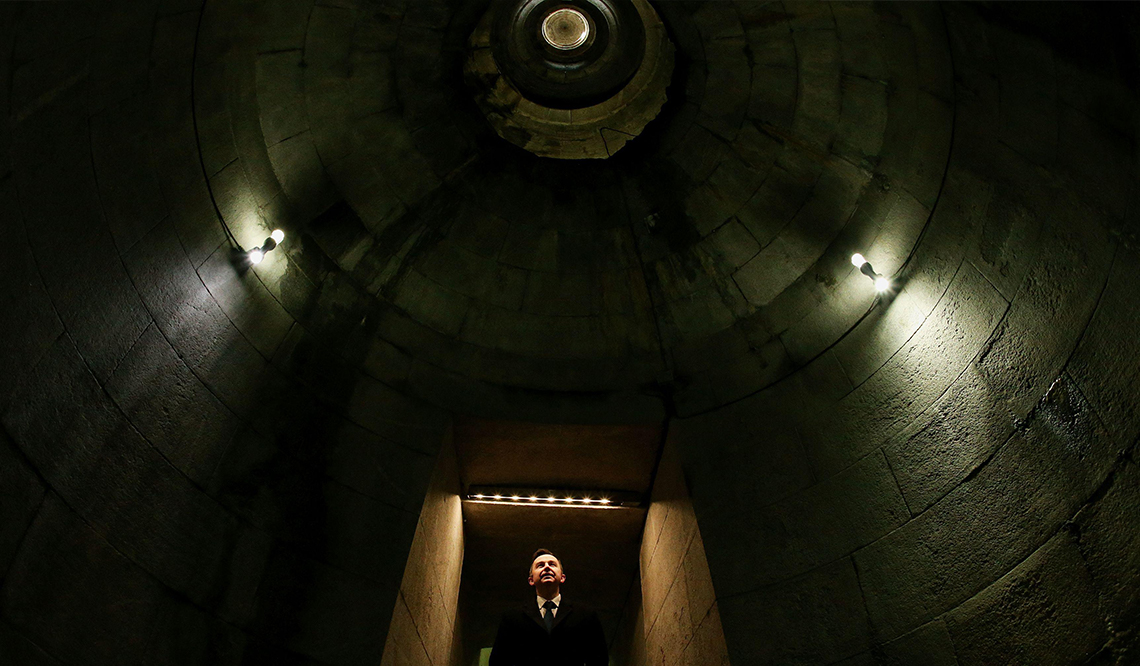
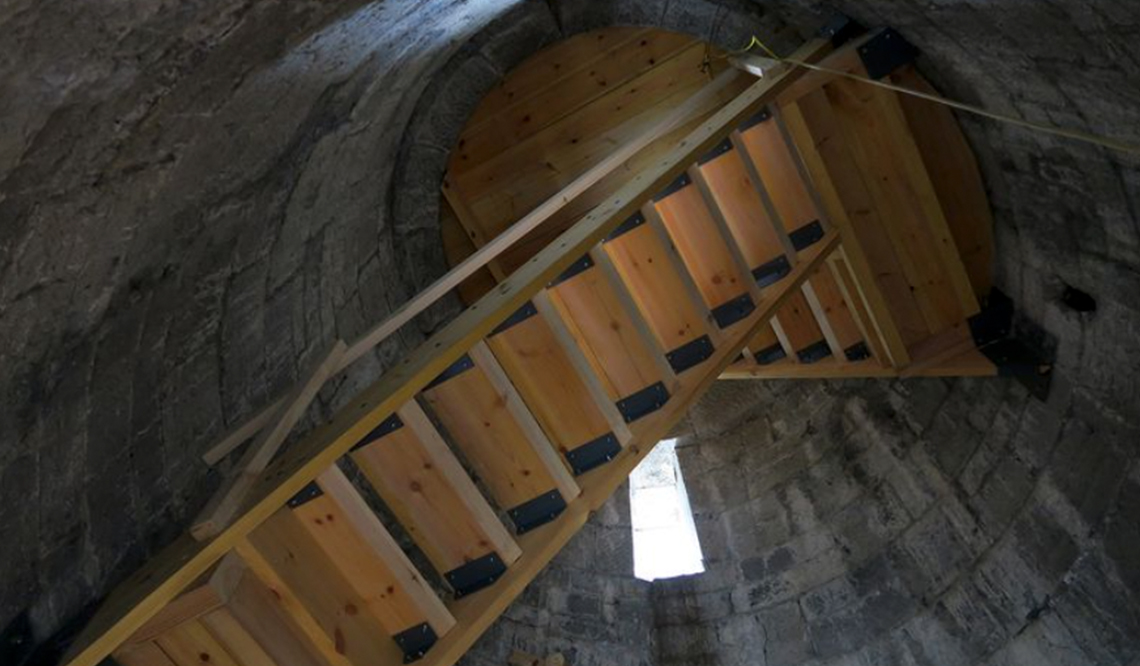
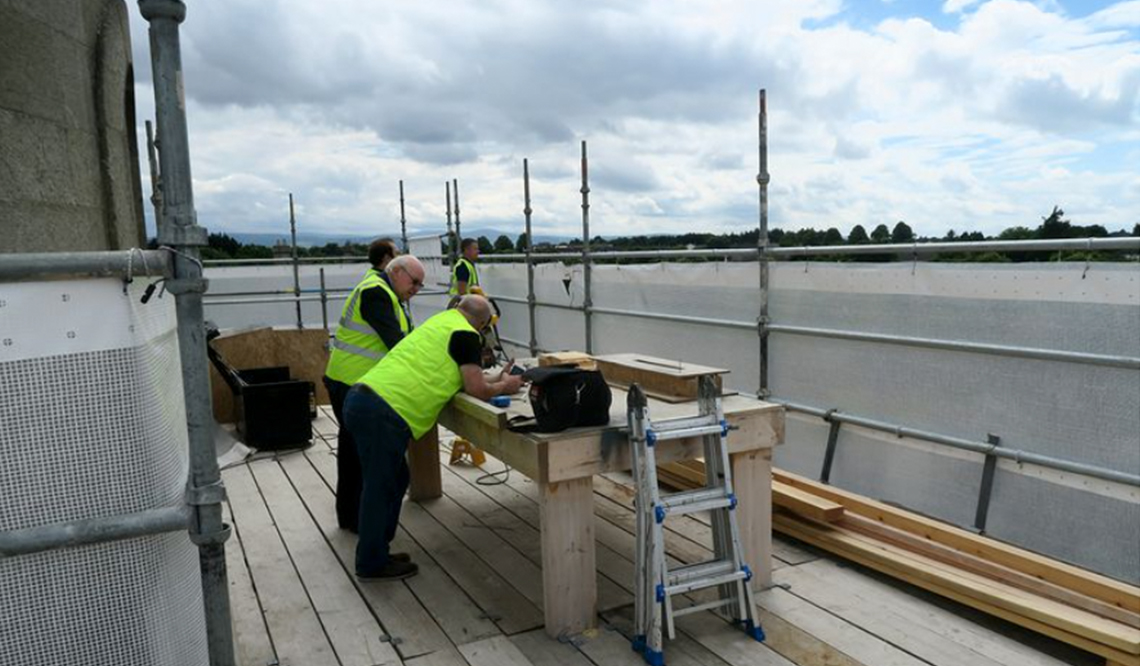
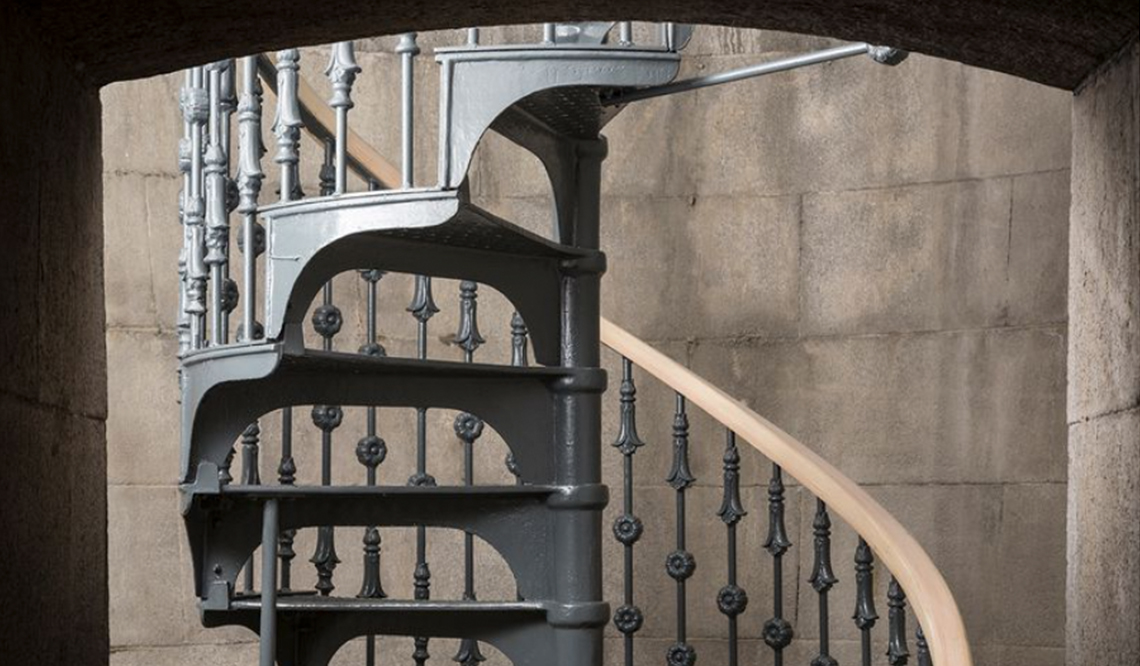
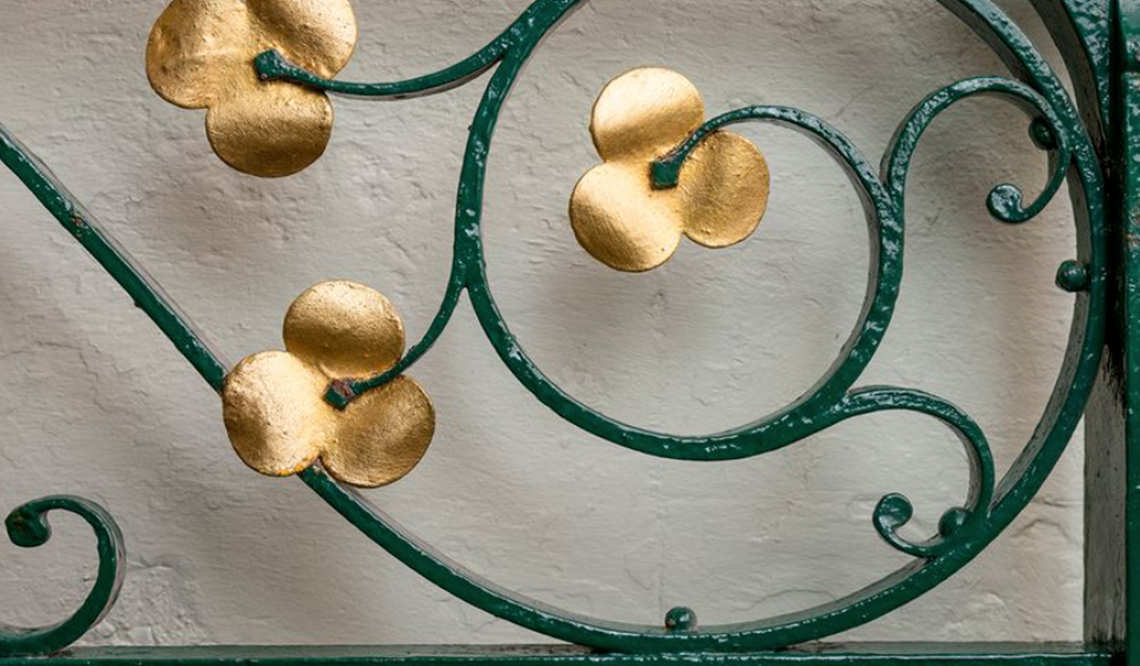
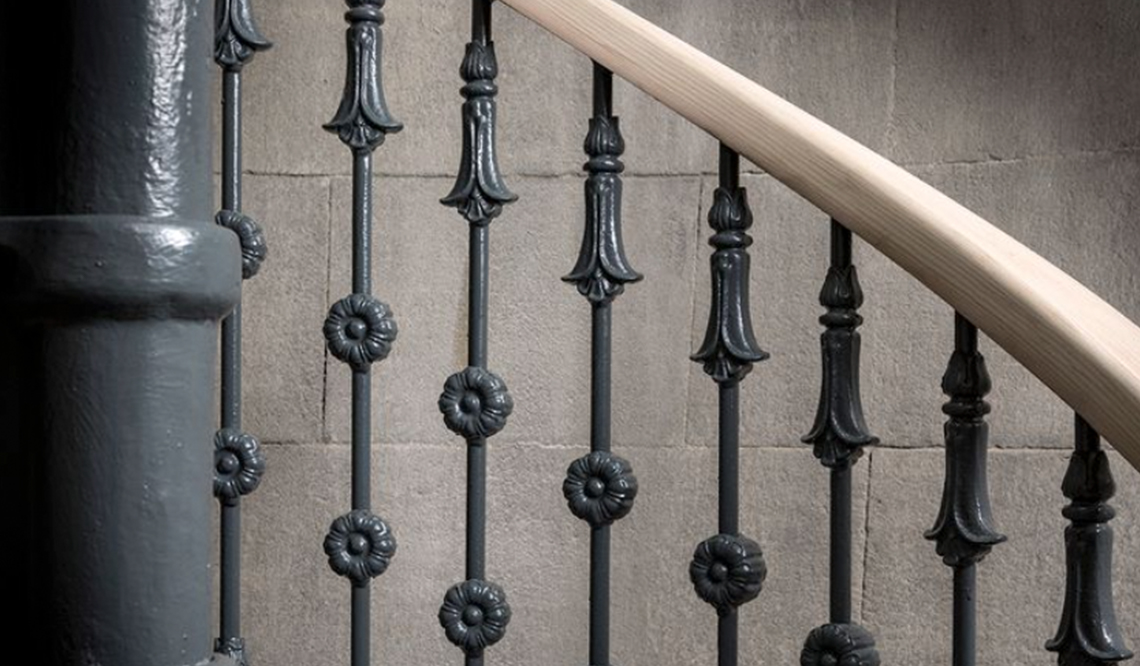
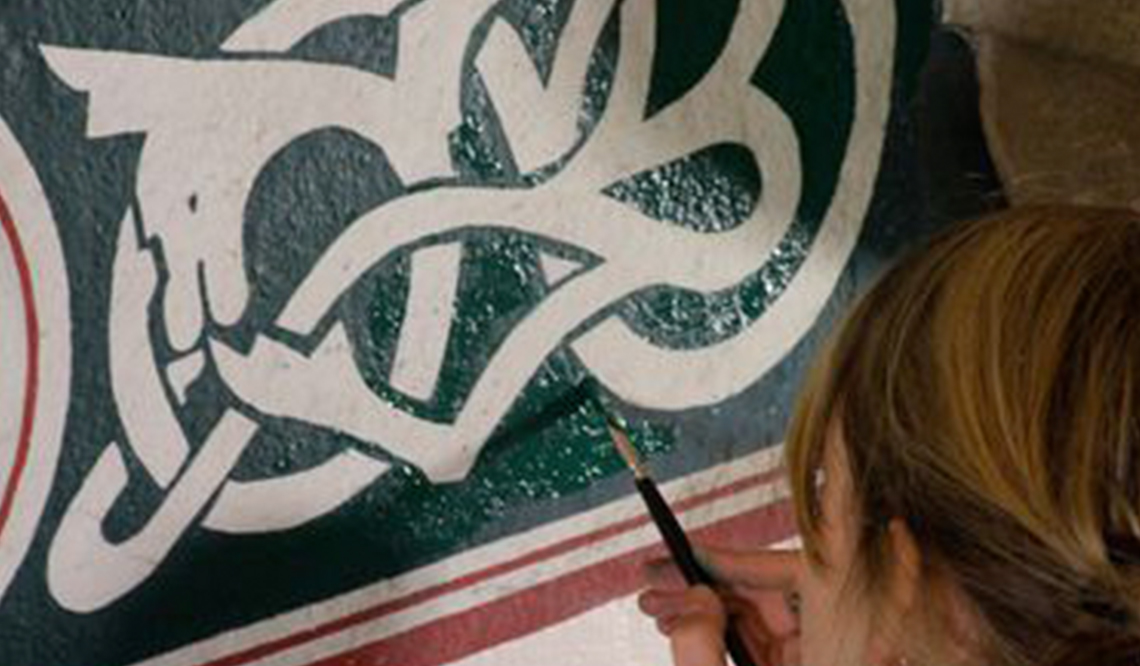
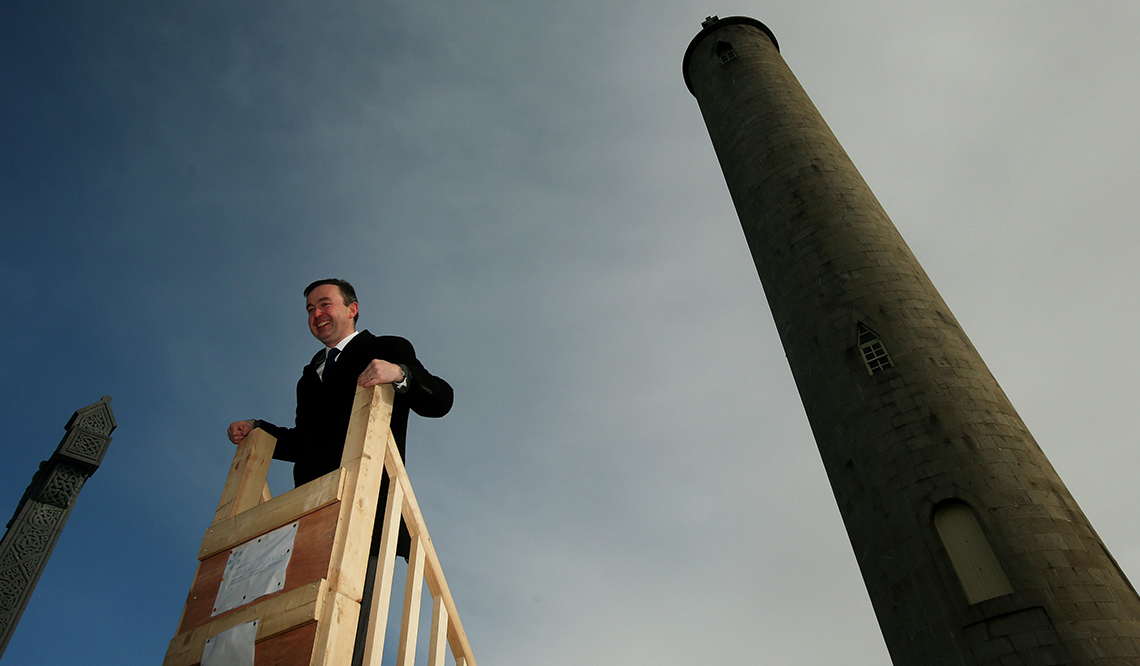
Above: At 55 metres, the O'Connell Tower is the tallest Round Tower in Ireland.
The restoration project was made even more significant by the fact that the work was carried out using the original plans and traditional methods employed by the carpenters and skilled tradesmen who first constructed it. This included 198 steps comprised of a wrought iron spiral staircase followed by hand carved wooden steps, six landing platforms, exhibits, and four windows at the top offering 360 degree panoramic views. The cross on top measures two and a half metres and weighs three tonnes.
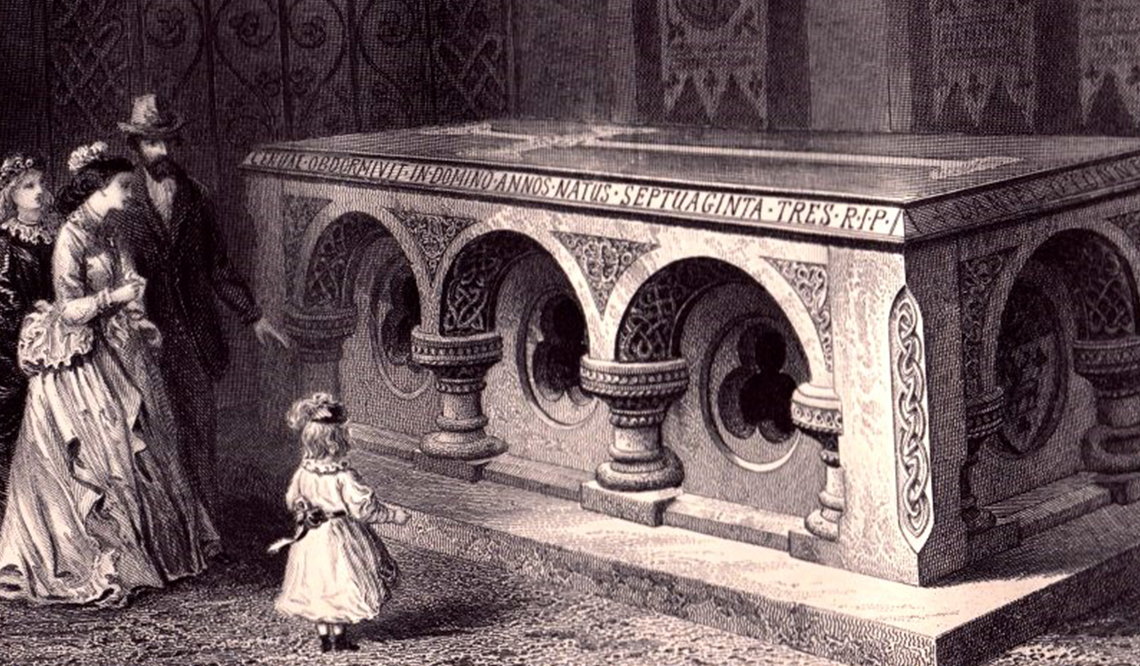
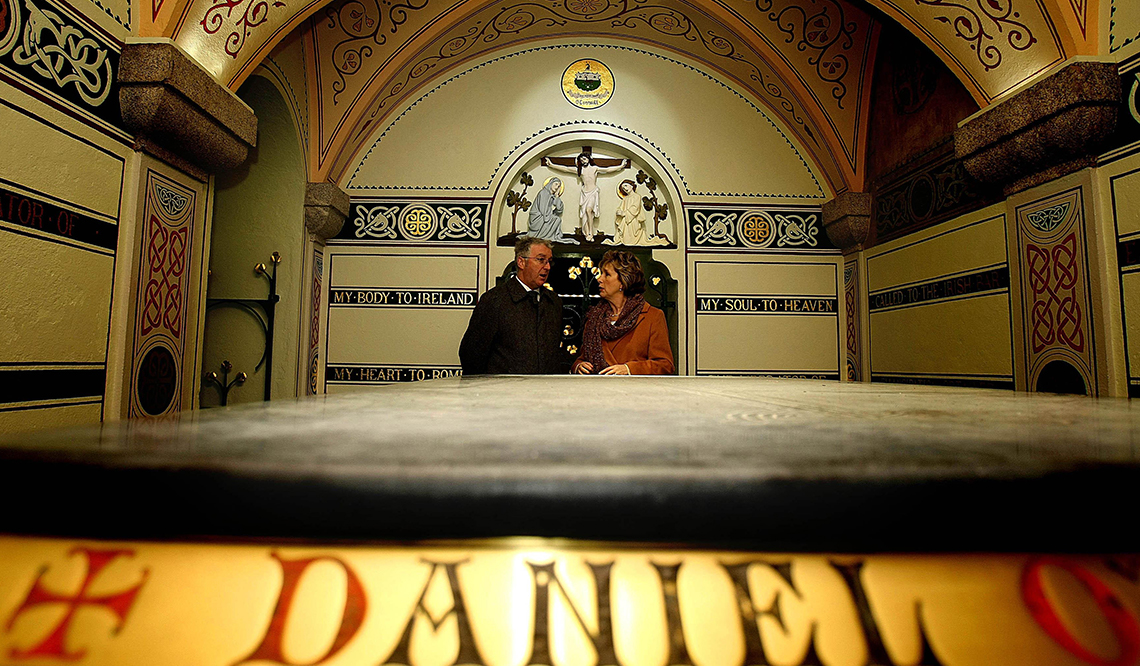
Above: President of Ireland Mary McAleese opens O'Connell's tomb after refurbishment in 2009. Photograph Julien Behal, PA Images.






